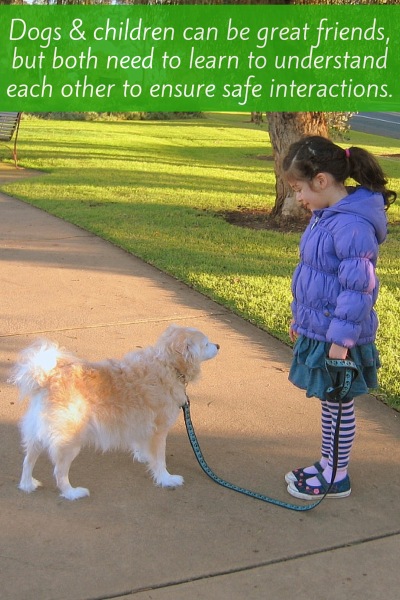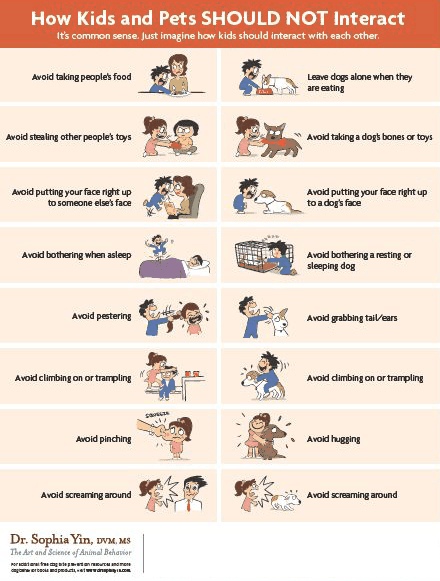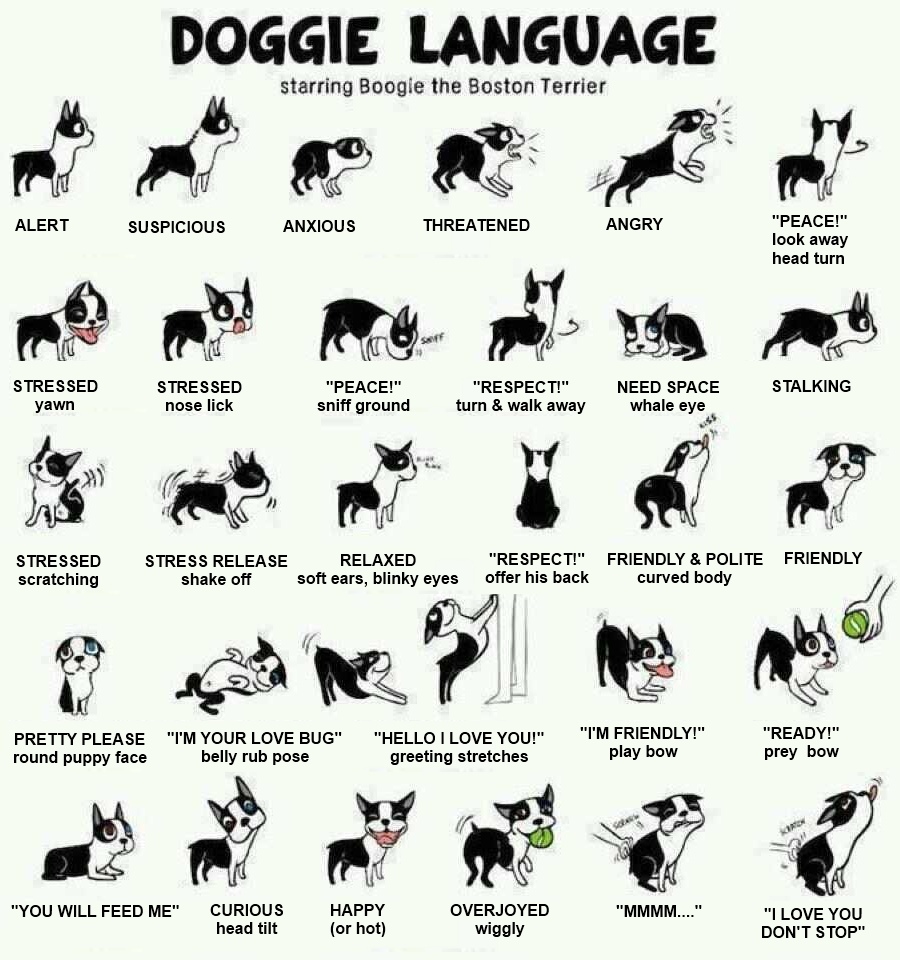 Why Dogs Bite Children How To Keep Your Kids Safe
Why Dogs Bite Children How To Keep Your Kids Safe
Here at livingsafe I take the issue of children being kept safe around dogs and dogs being kept safe around children very seriously. I have written about this issue before see here and also here , but this article Why Dogs Bite Children How To Keep Your Kids Safe below is by Belinda Kelly a certified dog trainer who is committed to educating parents on how to keep both their children and their dogs safe and preventing dog bites. This is a great article all parents and child carers should read!
The majority of dog bites can be prevented if we just understand the signs a dog is giving us that it is not comfortable, or happy in a given situation. Belinda Kelly is a wonderful trainer, who works closely with rescued dogs and volunteers her time to helping solve behavioural issues in re-homed rescue dogs, so please have a read.
Safety with Kids and Dogs by Belinda Kelly from The Pawfectionist
Recent headlines around the world relating to dogs and children – “Dog attacks two children in Midtown”, “Child still hospitalised after dog attack”, “Dog attacks woman, child in Erie home”, “School girl loses foot to pet dog in attack”. Most people would immediately think, “That poor child. What an awful dog. I hope it gets put down because you can’t trust it now”. As we all know, with anything, there are always two sides to every story.
 Dogs are ‘Live In The Moment’ animals. They react to what is happening right now, without premeditation. Children are also ‘Live In The Moment’ animals. They too react to what is happening in the moment.
Dogs are ‘Live In The Moment’ animals. They react to what is happening right now, without premeditation. Children are also ‘Live In The Moment’ animals. They too react to what is happening in the moment.
Young children don’t yet know much about the basics of social interaction and these things apply to dogs as much as other people. Consider the image below. While it may seem obvious to teach your children how to interact with other people, these same lessons can be taught in relation to dogs, but they are often overlooked.
While we can’t stop children from being children, we CAN teach ourselves and our children how to respect the family dog or any dog they encounter throughout their travels. To do this we need to understand how dogs think and feel and how they communicate their feelings to us, inclusive of fear, excitement and uncertainty.
In attempting to create safety for people and dogs in society, there have been some common tips throughout the years that are a little off the mark in relation to canine body language and addressing of behaviours. We will go through some now, and I will hopefully spread some light on these misconceptions for you.
Body Language
 Here are some pictures to help you recognise body language,
Here are some pictures to help you recognise body language,
When you see a strange dog, put your hand out for it to sniff. While this may be great in a perfect world where all dogs are friendly and social towards people, we don’t live in that world and must change our mindset to keep everyone safe and happy. A lot of the time this may be fine, but if you do meet a dog that is reactive you are practically offering up your hand to be bitten.
As a general rule – ALWAYS speak to the owner before you interact with a dog, AND, allow the dog to come to you first.
If the owner isn’t around, Don’t allow your child to approach the dog. As an adult, only you should approach the dog and only if you think the dog is lost or in danger. If at a dog park, don’t approach the dog until you find its owner.
When your dog growls at someone, especially a child, tell it off.
Dogs growl for a reason – the dog is uncomfortable. If you provide a negative consequence as your standard reaction here you are ultimately asking your dog to bottle up its concern until it feels a stronger need to react. Further, you dog won’t realise that you are unhappy with its general attitude, just the growling. So it may learn not to growl when its upset, and instead skip straight to biting.
To prevent this, teach your kids to respect your dogs space and read their body language. If your dog growls at your children, or anyone, find out WHY they are growling, distract your dog by calling its name, and then determine how you are going to prevent your dog feeling this way again, through training, positive association and/or desensitisation..
Check the dogs tail. If it’s wagging he is happy.
Yes, when a dog is happy it wags its tail. BUT when a dog is anxious it wags its tail, when a dog is unhappy it wags its tail and when a dog is warning you it’s going to bite you it wags its tail. The difference is the position of the tail, the speed of the wag and the direction it is wagging.
The speed indicates a level of arousal in the dog. If it is excited or anxious the tail will be wagging quite fast. If the dog is calm or unhappy it will most likely be slow to medium pace. If the dog is warning you of an attack, it can wag at any pace. You need to read the rest of the dog to determine what it is trying to communicate.
Please look at these pictures below and have a think about what the dog is communicating.
 These pictures are examples of what is considered to be “a happy dog and kids”, but in fact the dogs are far from happy.
These pictures are examples of what is considered to be “a happy dog and kids”, but in fact the dogs are far from happy.
None of these dogs are comfortable in the situation. The following behaviour is being exhibited:
– Avoidance/ Looking away
– Panting
– Stiff posture
– If not panting, mouth is closed
– Moon eyes
Keep these images in mind when your children are interacting with a dog, even your family dog.
So what can we do at home to help keep our children and dogs safe?
Here are a few tips to get you started.
– Teach your children to leave the dog alone while it is eating or playing with a toy. While the kids may only want to watch or pat the dog, the dog can interpret this as a challenge for the food or toy. If you want your children to be able to approach your family dog then your dog must be desensitised to having people around while eating and you must train it to allow the removal of food or toys at any time.
– Teach your children to leave the dog alone when it’s on its bed or into its crate. These are places to rest and get some quiet time. Consider it like your bedroom.
– Teach your dog that children are friendly. This can be done by socialising your dog properly at an early age. If your dog currently has a fear or aversive reaction to children, it is best to seek professional advice.
-If you have adopted a dog, assume the dog will have behavioural problems that may be a risk to your child and treat them accordingly. Don’t allow children to chase, hug, poke, pull on, or pick up the dog, even if their description said “great with kids”. Dogs act differently in different environments. Allow your dog to settle into the new environment and build trust in your relationship before attempting behaviours you would normally with a previous family pet.
If you would like more information on how to incorporate a new dog into your home or desensitizing your dog to children’s behaviours, please feel free to contact me.
Belinda Kelly
Visit: www.thepawfectionist.com.au
Facebook: www.facebook.com/thepawfectionist
Email : info@thepawfectionist.com.au
Before you leave, if you enjoyed this article sign up to LivingSafe and stay informed! LivingSafe helping you live healthier & safer.
You might also enjoy my other articles in my pet section, such as;
Keeping Your Dog Healthy & Happy
The Benefits Of Fostering Animals
Choosing The Right Pet For Your Family
Natural Animal Therapy Benefits
How To Choose The Right Dog For Your Family
Rabbits Not Suitable Pets For Young Children
Letting Cats Outside To Roam Is Dangerous- How To Keep Your Cat Safe
and more…
Leave a Reply
You must be logged in to post a comment.